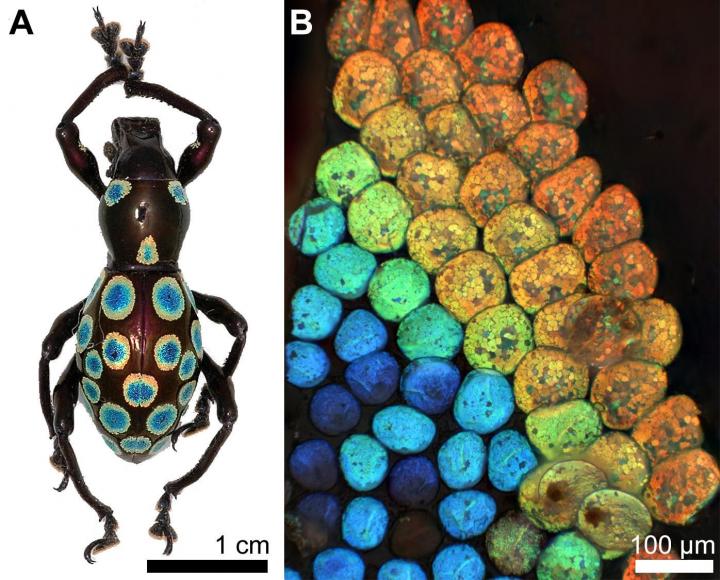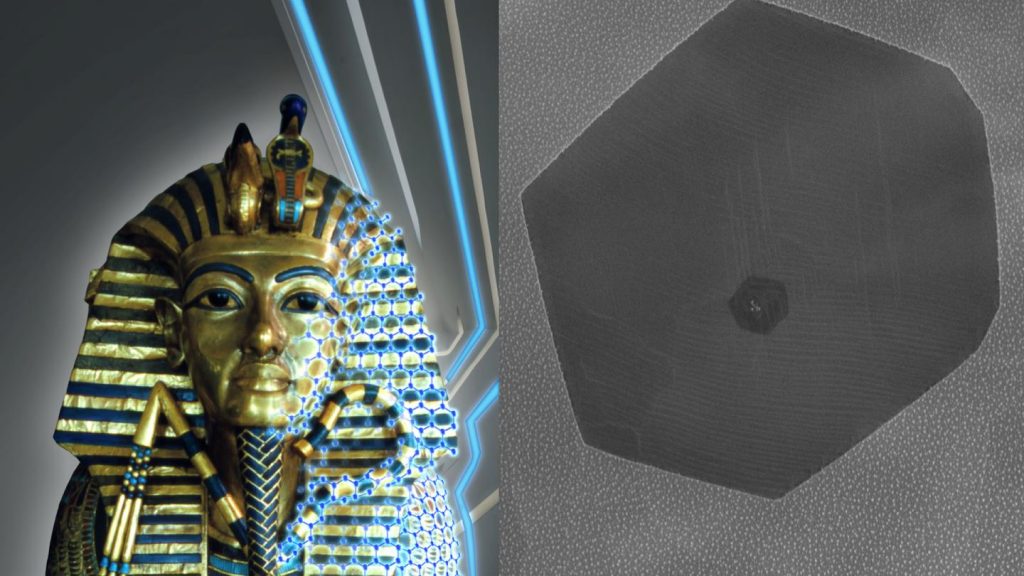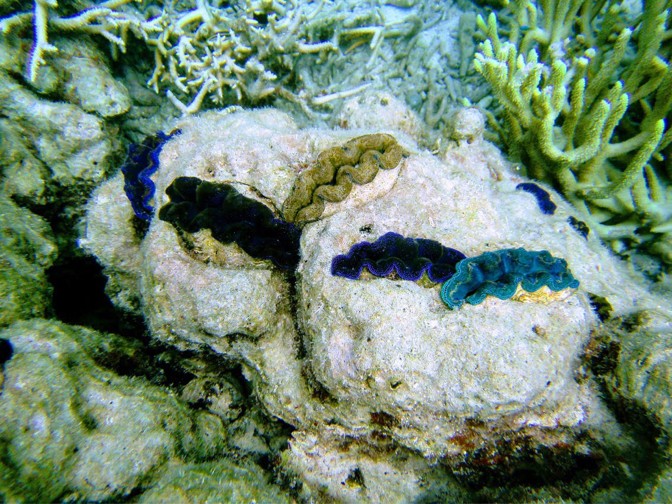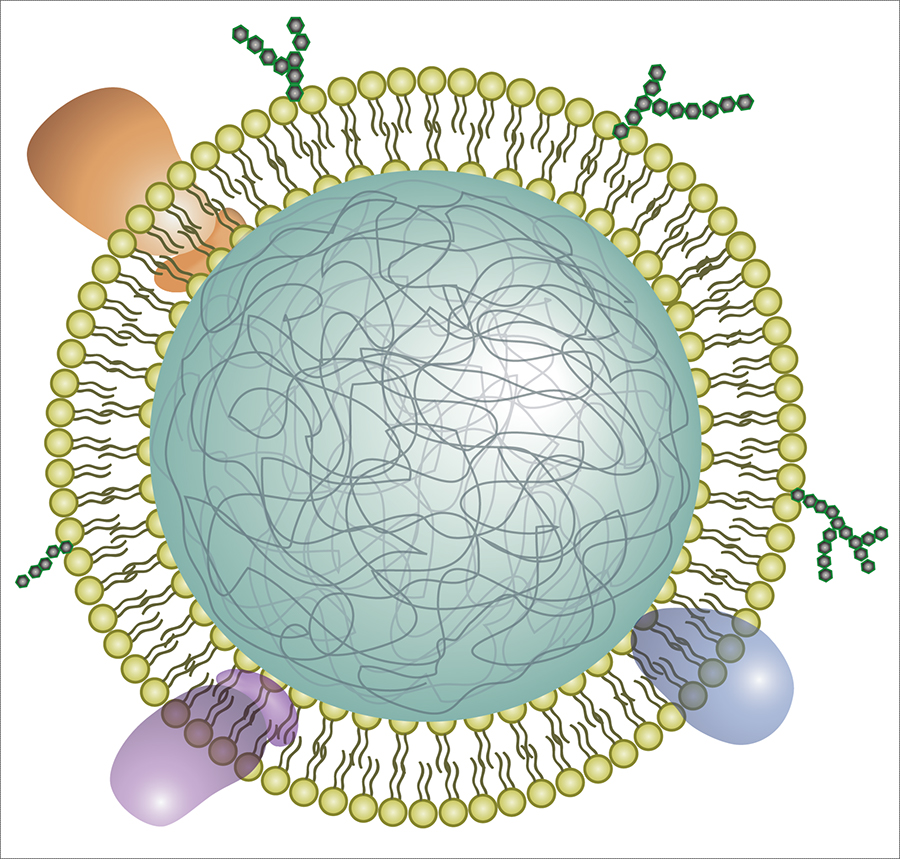I got the notice for this special issue of NanoEthics (After the hype is before the hype) in my email this morning (April 16, 2019). Not being familiar with the journal I did a little searching.
NanoEthics (a Springer journal):
Studies of New and Emerging Technologies
Editor-in-Chief: Christopher Coenen
ISSN: 1871-4757 (print version)
ISSN: 1871-4765 (electronic version)
Journal no. 11569…
Provides a needed forum for informed discussion of ethical and social concerns related to nanotechnology
Counterbalances fragmented, opinionated public discussion
Discussion is informed by the physical, biological and social sciences and the lawNanoscale technologies are surrounded by both hype and fear. Optimists suggest they are desperately needed to solve problems of terrorism, global warming, clean water, land degradation and public health. Pessimists fear the loss of privacy and autonomy, “grey goo” and weapons of mass destruction, and unforeseen environmental and health risks. Concern over fair distribution of the costs and benefits of nanotechnology is also rising
Introduced in 2007, [emphasis mine] NanoEthics: Ethics for Technologies that Converge at the Nanoscale provides a needed forum for informed discussion of ethical and social concerns related to nanotechnology, and a counterbalance to fragmented popular discussion.
While the central focus of the journal is on ethical issues, discussion extends to the physical, biological and social sciences and the law. NanoEthics provides a philosophically and scientifically rigorous examination of ethical and societal considerations and policy concerns raised by nanotechnology.
Abstracted/Indexed inScience Citation Index Expanded (SciSearch), Journal Citation Reports/Science Edition, Social Science Citation Index, Journal Citation Reports/Social Sciences Edition, SCOPUS, INSPEC, Google Scholar, AGRICOLA, Current Contents / Social & Behavioral Sciences, EBSCO Academic Search, EBSCO Book Review Digest Plus (H.W. Wilson) , EBSCO Discovery Service, EBSCO Humanities Full Text (H.W. Wilson), EBSCO Humanities International, EBSCO Humanities Source, EBSCO Nanotechnology Collection: India , EBSCO OmniFile Full Text (H.W. Wilson), EBSCO STM Source, EBSCO TOC Premier, ERIH PLUS, Ethicsweb, Expanded Academic, Gale, Gale Academic OneFile, Humanities Abstracts, Humanities Index, Materials Business File-Steels Alerts, Mechanical and Transportation Engineering Abstracts, OCLC WorldCat Discovery Service, ProQuest ABI/INFORM, ProQuest Advanced Technologies & Aerospace Database, ProQuest Business Premium Collection, ProQuest Central, ProQuest Health & Medical Collection, ProQuest Health Research Premium Collection, ProQuest Materials Science & Engineering Database, ProQuest Philosophy Database, ProQuest Science Database, ProQuest SciTech Premium Collection, ProQuest Technology Collection, ProQuest-ExLibris Primo, ProQuest-ExLibris Summon, Solid State and Superconductivity Abstracts, The Philosopher’s Index
Here’s the text from the April 16, 2019 email announcement,
Dear colleagues!
We invite papers for a special issue in the journal “NanoEthics: Studies
of New and Emerging Technologies”.
AFTER THE HYPE IS BEFORE THE HYPE – FROM BIO TO NANO TO AI: WHAT CAN
WE LEARN FROM PUBLIC ENGAGEMENT IN NANOSCIENCES AND NANOTECHNOLOGIES?
Since the early 2000’s, Nanosciences and nanotechnologies (NST) have
been massively promoted in many parts of the world. Two things were
striking about these policies: first, the hype surrounding NST; second,
the prominence of public engagement–citizen dialogue, deliberation and
participation–in NST discourse and policy. Nanotechnology became a
laboratory for the programmatic and practical development of a range of
forms of public engagement such as “upstream” and “midstream
engagement”, or policy approaches that prominently integrate public
engagement such as “anticipatory governance”, “real-time technology
assessment”, or “responsible research and innovation”.
From bio to nano: A major reason for this noticeable rise of public
engagement in NST are the food scandals and technology controversies in
the late 1990’s, in particular the controversy over genetically modified
organisms (GMOs). These controversies came to be seen as the result of
elites’ reductionist and arrogant approach to the public. To avoid a
similar public backlash against NST authorities and decision-makers in
science and politics should open doors for public engagement and humble
dialogue. Obviously, the public crisis around GMOs had triggered a
learning process.
From nano to AI: Today, the hype surrounding NST has waned and so have
concerns that nanotechnology might fall prey to a public backlash.
Nothing comparable to the public backlash against GMOs ever happened to
Nano. In fact, NST hardly became controversial. Meanwhile, new
technology hypes pervade the public discourse. Synthetic biology,
genetic editing or Artificial Intelligence (AI) are recent examples. In
each case, we observe parallels to the discourses on public engagement
in NST. In the case of AI, for example, prominent researchers and think
tanks warn against a public backlash if policy makers and funders fail
to foster public support through public engagement.
From bio to nano to AI: We suggest that social learning processes
intertwined with technology hypes pervade these and other arenas of
technology governance. While the GM controversy had a visible (albeit
not yet fully understood) effect on the NST field, today, we ask which
lessons can be drawn – and have been drawn by science policy actors –
from the NST field? Where do we stand today after 20 years of public
engagement in nanotechnology and other emerging technologies, and what
is there to learn for the “new governance” of most recently hyped
technologies such as AI?
POSSIBLE TOPICS INCLUDE:
Societal effects and social learnings of Public Engagement (PE)
– How can we conceptualize the social learning processes which
seem to manifest in technology governance over the past twenty years?
Have new patterns of interpretation been established regarding the
nature of a successful or failed technology governance? If so, how can
they be described and distinguished from the “old” patterns of
interpretation?
– Does the fact that NST mostly remained uncontroversial mean that
the early emphasis on public engagement in the NST field made it more
“socially robust”, “democratic” and “reflexive”? Have the right
“lessons” been drawn (from the past for the future)?
– Why and how does the trend toward public engagement manifest
itself in different national political cultures? How did certain public
engagement formats travel across national borders in the NST policy
field?
PE between hype and reflexivity
– What happens after the hype? With enthusiastic/dystopian
discourse subsiding, do public engagement activities also vane? What
happened to the engagement hype and to ambitious policy metaphors such
as “upstream engagement”? Have they been forgotten? Will they reappear,
or be reinvented, with the next big techno hype?
– For the social sciences nanotechnology has provided an
opportunity to step up research and policy intervention. How can the
role/agency of the social sciences in public engagement processes be
conceptualized? In which way has this role changed in the past 20 years?
Which role conflicts or normative dilemmas arise from it?
PE between strategic and transformative uses
– Did public engagement (ever) make a difference in the governance
of NST or other emerging technologies? How have public engagement
initiatives been integrated (or ignored) in the governance of NST and
other emerging technologies?
– Has public engagement had identifiable impacts on policies or
institutions related to NST or other fields of technoscientific
discourse and policy? Did public engagement have the effect of
problematizing, shifting or even reshaping epistemic and political
demarcation lines between the public, scientific expertise and policy
subsystems? What can we expect for the future?
Several formats are available. We specifically invite original research
papers. In addition, contributions can come in the form of shorter
discussion notes, communications and responses, letters, art-science
interactions, interviews or anecdotes, and book reviews.
SCHEDULE
Proposals: May 5th 2019
First Draft: August 31st 2019
Final draft: January 31st 2020
Please, send proposals to both Franz Seifert (fseifert@gmx.at) and
Camilo Fautz (c.fautz@mailbox.org)
Not being familiar with either of the organizers, I also searched for them online.
Franz Seifert has been an independent social scientist since 2000 according to his CV (on academia.edu). At a guess, he’s based in Austria. I found his CV quite interesting, both it and his list of publications is extensive, all of it related to the topic of the special issue.
Camilo Fautz is a member of the scientific staff at the Karlsruhe Institute of Technology (Germany) and a PhD student, if his profile page is up-to-date. He too has a number of papers on ‘relevant to the special issue’ topics listed on his profile page.
Good luck with your submissions.






